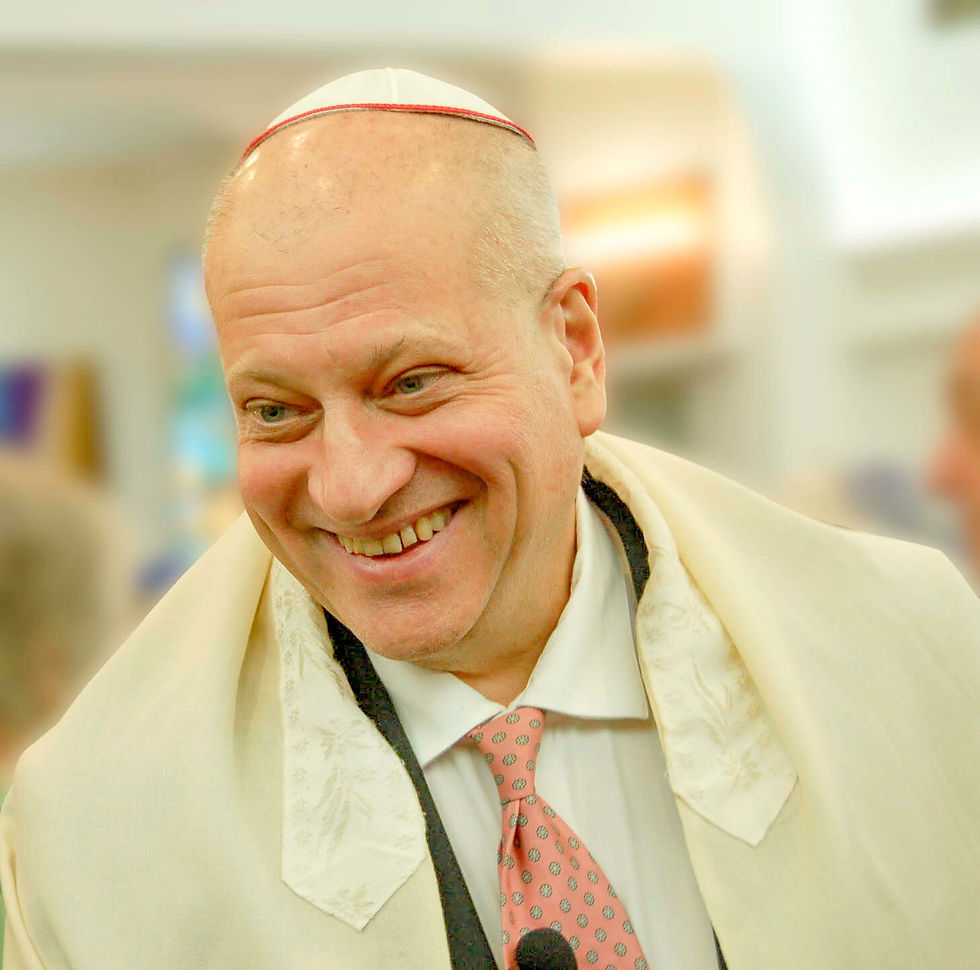How ‘Love at First Sight’ Saved a 170-Year-Old Synagogue
- danaevankaplan
- Jan 16, 2020
- 2 min read
How ‘Love at First Sight’ Saved a 170-Year-Old Synagogue -- I am quoted in this article which appears in this week's Bedford and Bowery, a website jointly sponsored by New York Magazine and NYU.

Kaleidoscopic colors illuminate the interior of Anshe Slonim Synagogue at 172 Norfolk St. on the Lower East Side. Sapphire, scarlet, magenta, and emerald take turns reflecting off peeling gold paint and the pulse of the Bee Gees’ 1977 disco classic “Night Fever” radiates from speakers facing the sanctuary. In front of the Ark—in most synagogues, the special cabinet housing the Torah, Judaism’s holy text—actors perform a musical based on New York City’s notorious Studio 54 nightclub. During the musical numbers, the audience members boogie on a square dance floor, lit from below with fuchsia and white lights. Above it all, a rotating disco ball flings sparks of light across the room.
“Lost in the Disco,” an off-Broadway production of “immersive theater,” was just the latest artistic enterprise to take place in New York City’s oldest standing synagogue building. It was once home to one of the city’s—and the country’s—largest Jewish congregations, and the second New York City congregation to adopt the Jewish Reform movement. Anshe Slonim Synagogue, originally Anshe Chesed Synagogue, is now the Angel Orensanz Foundation: an arts, culture, and events center. Resurrected from near destruction, this building is a landmark of New York City Jewish history, its official status bestowed in 1987. This year, the synagogue will celebrate its 170th anniversary.
Around the turn of the 20th century, the Lower East Side had the largest Jewish population in the world, with more than 350 active congregations and 70 synagogue buildings. Synagogues like the one at 172 Norfolk anchored immigrants to an unfamiliar city, providing not only a community and the comforting rites of their religious identity, but also assistance and mediation for everything from debts owed to spurned suitors to noisy neighbors. They were central to Jewish life. Not only that, but Congregation Anshe Chesed helped usher in a break from Judaism’s Orthodox past: the Reform movement would become a prominent branch of Judaism in the United States.
Continue reading here https://bedfordandbowery.com/2020/01/how-love-at-first-sight-saved-a-170-year-old-synagogue/
Later in the article, the journalist quotes me---
Ideas about modifying Jewish ritual and practice to suit the modern age germinated in Enlightenment Europe. Reform rabbi and theologian Dana Evan Kaplan writes the movement differed in the U.S., where “a much freer and more pluralistic atmosphere prevailed,” than in Europe. Reformers began to introduce English prayers alongside the Hebrew and permitted instrumental music. Kaplan argues that the reforms in the U.S. were not only ideological, but also practical adjustments to American life–adaptations to dress, lifestyle, and language.




Comments